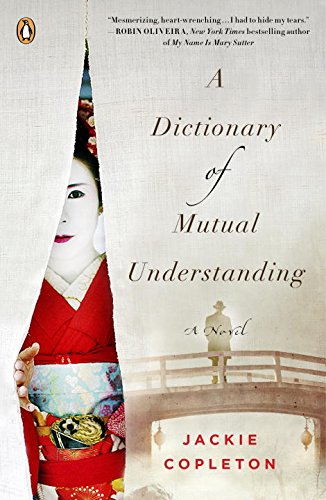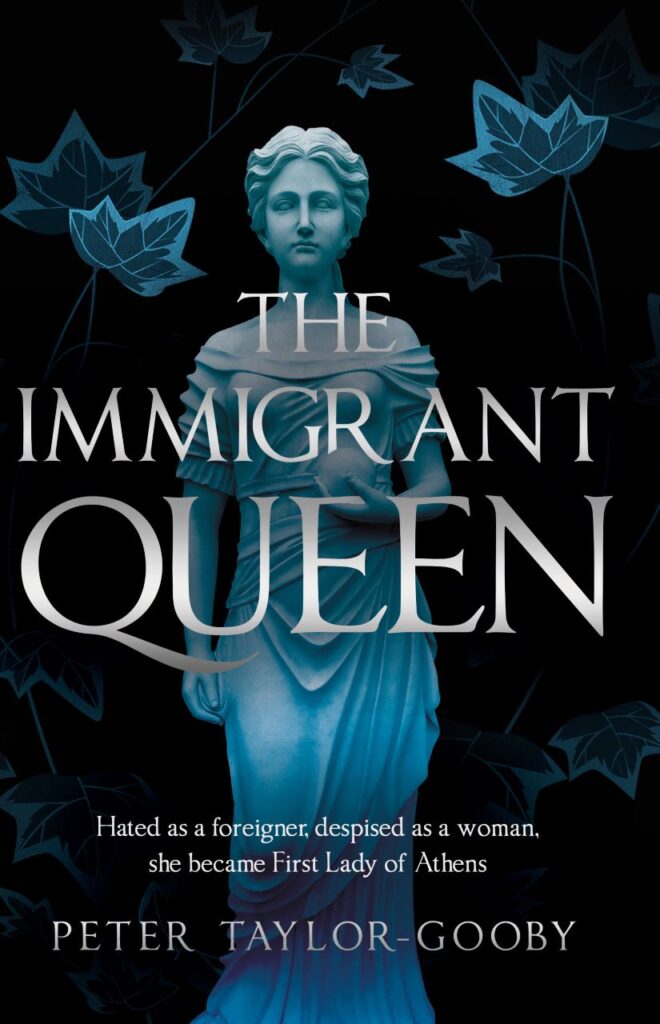A Dictionary of Mutual Understanding
On August 9, 1945, Amaterasu Takahashi was late in meeting her daughter, Yuko, in Nagasaki’s Catholic cathedral; her tardiness saved her life, as the atomic bomb known as Fat Boy was dropped on the city at 11:01 a.m. Yuko most certainly perished, as did Hideo, Amaterasu’s cherished grandson. Unable to heal from this terrible loss, Amaterasu and her husband, Kenzo, soon immigrated to the United States.
Decades later, Kenzo is dead, and Amaterasu is alone except for the alcohol that has become her companion; she speaks little English, and prefers not to learn. One winter morning she opens her door to a grossly disfigured man claiming to be Hideo, who brings a box of letters as proof. When Amaterasu opens these letters, she is forced to unlock her memories of a painful past, slowly revealing to the reader a complicated web of history, cultural mores, and human emotions that are difficult to confront. The letters are written by Jomei Sato, a prominent Nagasaki doctor who was Yuko’s lover; Yuko’s voice is heard in the narrative, as well, through her diary entries. Hideo prods Amaterasu to add her own reluctant reminiscences to complete this story of love, family, and deception.
Copleton aptly portrays the multiple faces of pre-war Nagasaki and its environs, from the holiday island of Iojima to the bustling efficiency of a hospital, to the darker side of its red light district. The darkness is also reflected in her descriptions of pikadon (the Japanese word for the bombing: brilliant light and thunderous noise) and its aftermath, which is still difficult to read even though we know the outcome. Copleton adds yet another valuable layer by beginning each chapter with words and definitions for concepts inherent in Japanese culture. This is a beautiful, heart-wrenching story full of love and history.










